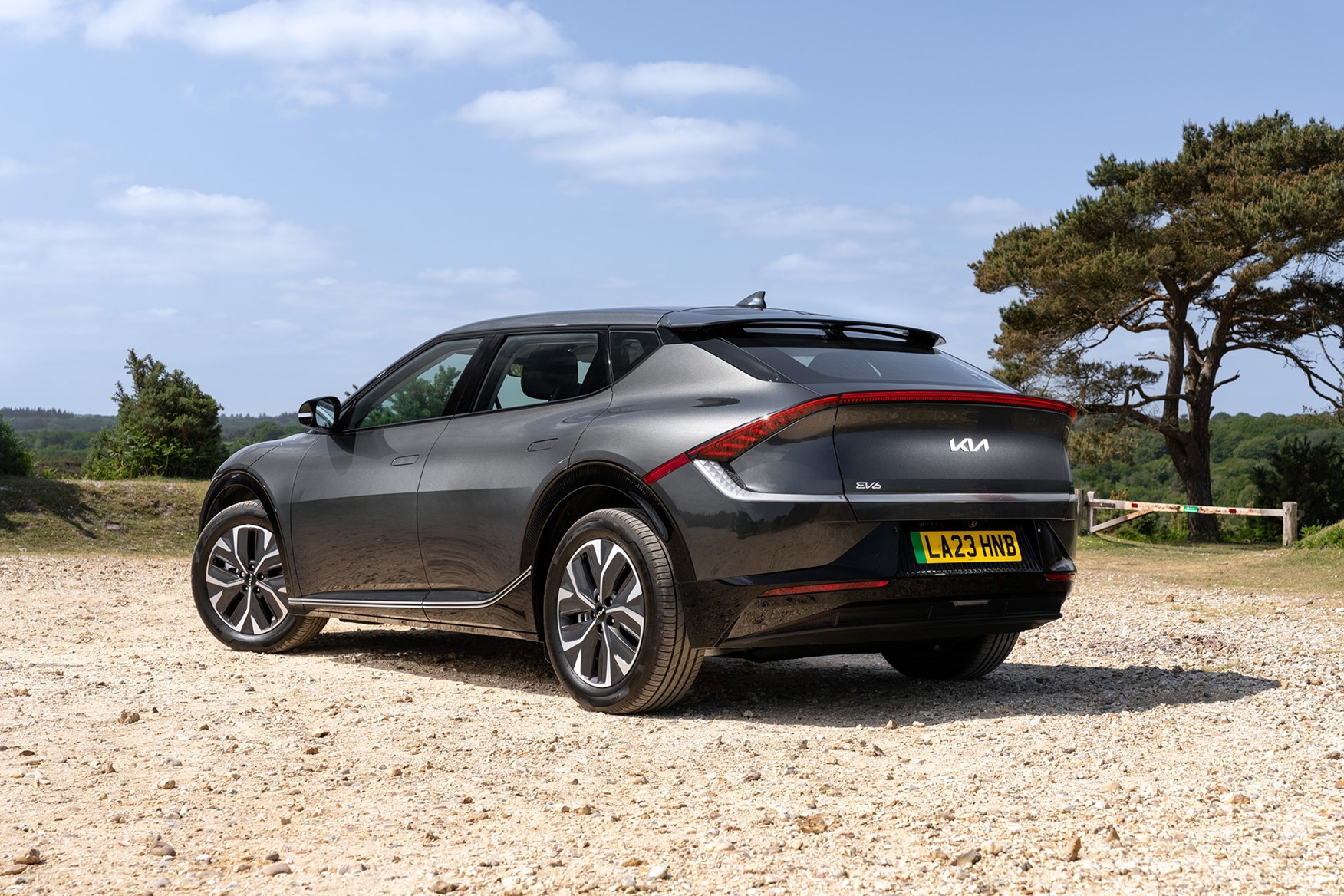Discover Australia's Finest
Explore the latest news, insights, and stories from down under.
Why Charging an Electric Car is Like Waiting for Your Smartphone to Charge
Discover the surprising similarities between charging an electric car and waiting for your smartphone to power up—patience is key!
The Parallel Charging Experience: Electric Cars vs Smartphones
The parallel charging experience reveals some intriguing similarities and differences between the worlds of electric cars and smartphones. Both technologies rely heavily on batteries, and the demand for fast and efficient charging methods is at an all-time high. Electric vehicles utilize a range of chargers, from standard home outlets to high-capacity superchargers, enabling drivers to charge their cars in various settings. Similarly, smartphones benefit from advancements in fast charging technology, allowing users to power up their devices quickly. In both cases, the availability of accessible charging infrastructure plays a crucial role in user satisfaction and overall experience.
However, the parallel charging experience diverges significantly when we consider the power needs and usage patterns. Electric cars typically require larger capacities, often charging from empty to full over several hours, while smartphones can often reach substantial battery life with just a few minutes of charging. This disparity necessitates a different approach to charger design and placement. For example, public charging stations for electric vehicles are increasingly being located in areas with longer dwell times, like shopping centers and transit hubs, while smartphone charging stations are frequently found in convenience locations such as cafes and workplaces, catering to the quick, on-the-go lifestyle of mobile users.

Tips to Speed Up Charging When You Can't Wait
When you're in a hurry and need to speed up charging, there are several strategies you can implement. First, consider using a high-capacity charger that matches your device's specifications. If you're using a smartphone, switch to a charger that supports fast charging technology. Additionally, engage airplane mode while charging to limit background activity and reduce power consumption. This will help your device charge more rapidly, allowing you to get back to your tasks in no time.
Another useful tip is to remove any cases or covers on your device during charging. Some cases can trap heat, which may slow down the charging process. By taking off the case, you help the device maintain a cooler temperature, ultimately enhancing charging efficiency. Lastly, if you're at home or in the office, consider using a wall outlet instead of charging via a USB port on a computer. Wall outlets usually provide a higher current, significantly speeding up charging times.
Why Patience is Key: Understanding Charging Times for EVs and Smartphones
Patience is key when it comes to charging times for electric vehicles (EVs) and smartphones. Understanding the intricacies of their charging mechanisms can greatly enhance your experience and efficiency as a user. For EVs, the charging duration depends on various factors including the type of charger used, battery size, and the charging state of the vehicle. Level 1 chargers may take several hours to fully charge, while Level 2 chargers can significantly reduce that time. Meanwhile, fast chargers can replenish depending on the vehicle's capacity, typically taking as little as 30 minutes.
Similarly, when it comes to smartphones, charging times can vary based on the charging technology and battery capacity. For example, standard charging may require several hours, whereas quick or fast charging technologies can provide substantial battery life in just minutes. It’s essential to understand these differences in charging times to avoid unnecessary frustration. Developing a sense of patience allows users to align their charging habits with their daily routines, making the most out of their devices while ensuring optimal battery health.